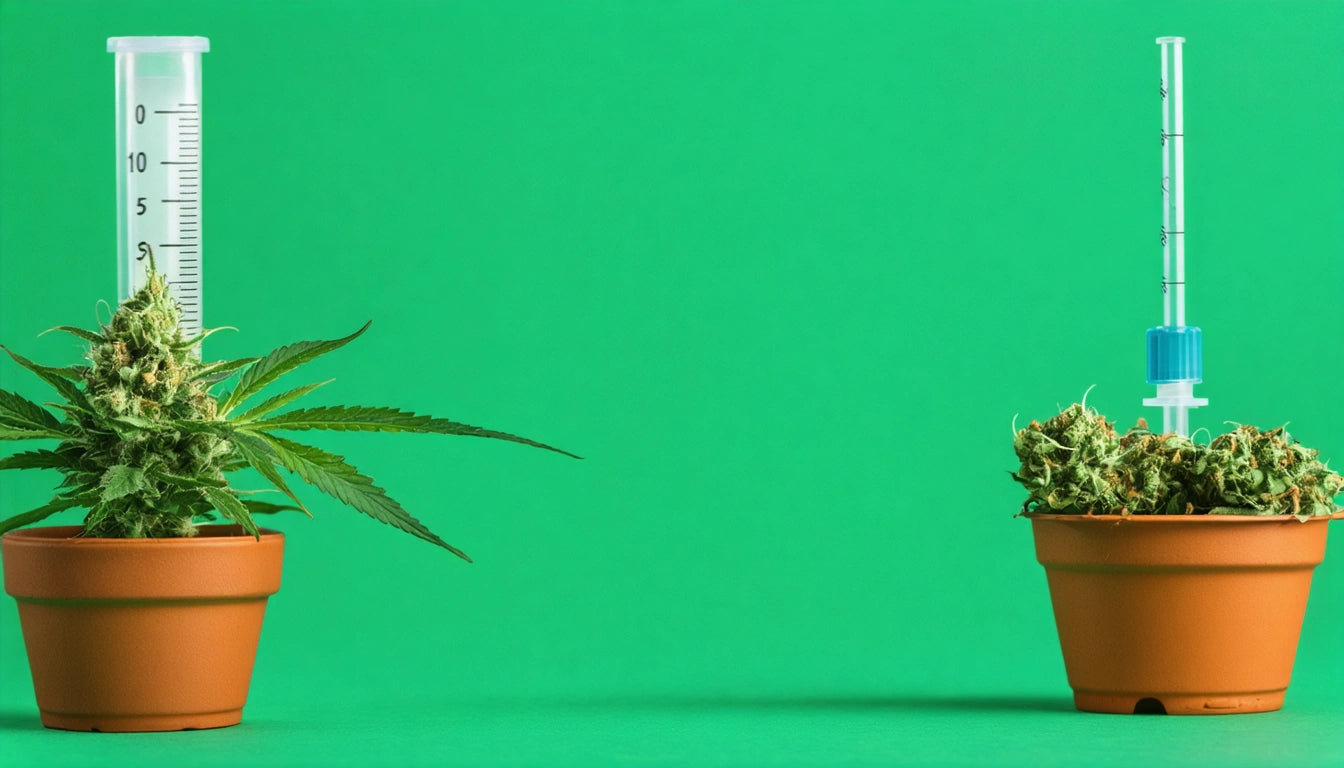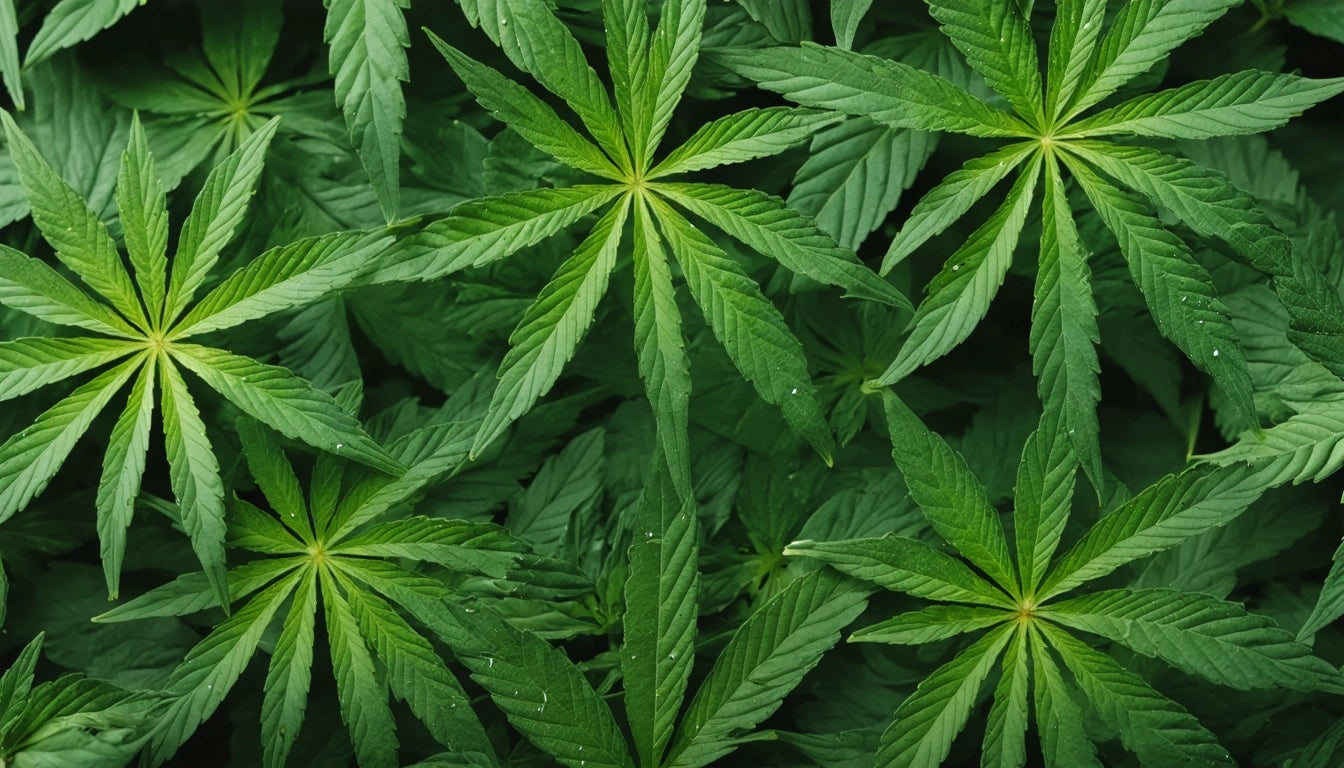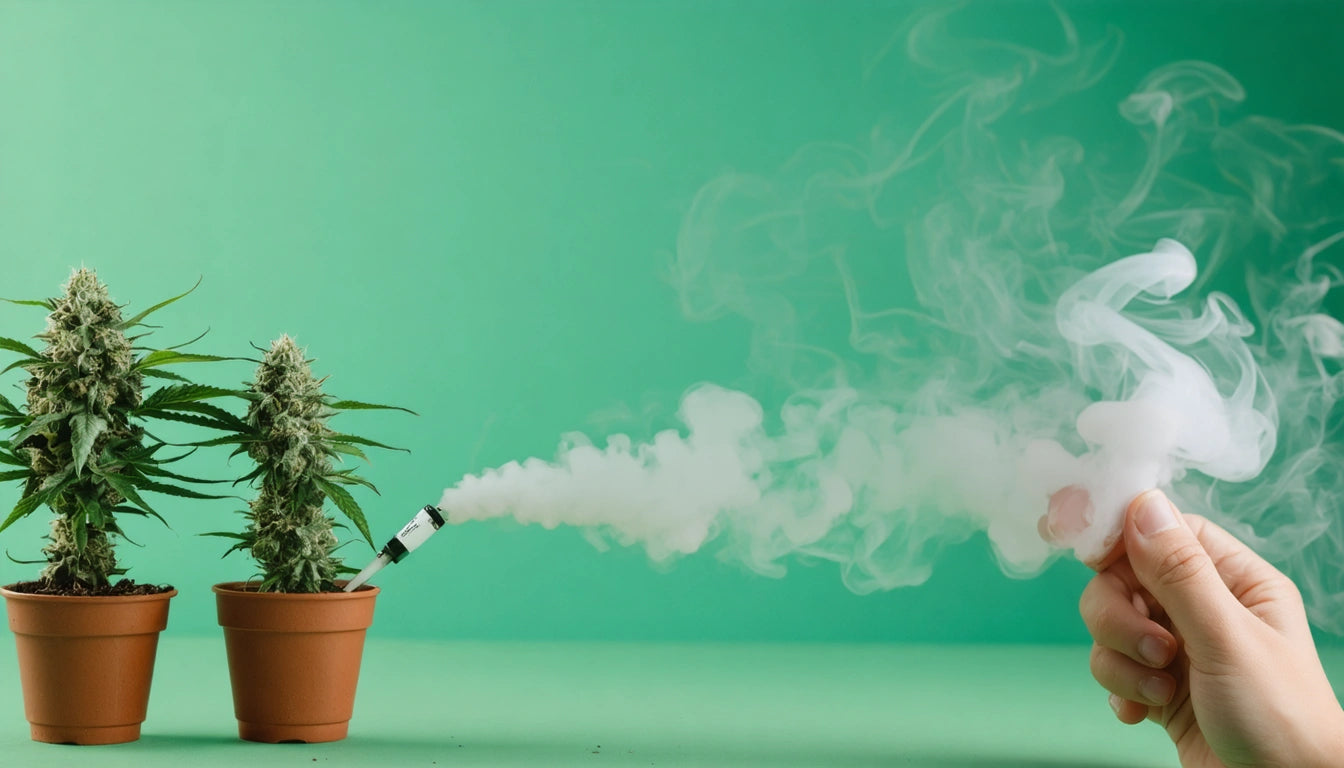Table of Contents
- How Cannabis Detection Works in Drug Tests
- Types of Drug Tests That Detect Cannabis
- Detection Windows for Cannabis in Different Tests
- Factors Affecting How Long Weed Stays Detectable
- Special Considerations: CBD, Hemp, and Secondhand Smoke
- Testing Accuracy and False Positives
- The Future of Cannabis Testing in a Changing Legal Landscape
Does Weed Show Up on a Drug Test? Exploring Detection Methods and Factors
Cannabis consumption has become increasingly common as legalization spreads across states and countries. However, many employers, sports organizations, and legal entities still conduct drug testing that can detect cannabis use. Understanding how does weed show up on a drug test is essential for consumers who may face testing in various contexts.
How Cannabis Detection Works in Drug Tests
When you consume cannabis, your body metabolizes THC (tetrahydrocannabinol), the primary psychoactive compound, into various metabolites. The main metabolite that drug tests look for is THC-COOH (11-nor-9-carboxy-THC), which can remain in your system long after the psychoactive effects have worn off.
Unlike alcohol, which is water-soluble and exits the body relatively quickly, THC and its metabolites are fat-soluble. This means they bind to fat molecules in your body, potentially staying detectable for extended periods depending on various factors including frequency of use, metabolism, and body composition.
Types of Drug Tests That Detect Cannabis
Urine Tests
Urine tests are the most common method for detecting cannabis use. The question "does weed show up in a urine test" is frequently asked, and the answer is definitively yes. These tests specifically look for THC-COOH, which can be detected in urine for days or weeks after use. According to research on detection timeframes, urine tests can detect cannabis use from 3-30 days depending on usage patterns.
Blood Tests
Blood tests detect active THC in the bloodstream, indicating recent use. As explored in this detailed analysis, THC typically remains detectable in blood for 1-2 days in occasional users but can be detected for up to a week in frequent users.
Saliva Tests
Saliva tests are becoming more common, especially for roadside testing. They typically detect THC for 24-72 hours after use, making them effective for identifying recent consumption rather than historical use.
Hair Tests
Hair follicle tests can detect THC metabolites for up to 90 days, providing the longest detection window. These tests are less common but may be used in pre-employment screenings or legal situations requiring a longer historical view of substance use.
Breathalyzers
A common question is "does weed show up on a breathalyzer?" Traditional alcohol breathalyzers do not detect THC. However, cannabis-specific breathalyzers are being developed to detect recent use, though they're not yet widely implemented.
Detection Windows for Cannabis in Different Tests
- Urine tests: 3-30+ days (depending on frequency of use)
- Blood tests: 1-7 days
- Saliva tests: 24-72 hours
- Hair tests: Up to 90 days
For occasional users (once a week or less), cannabis typically won't show up in urine after 3-4 days. However, daily users may test positive for 30 days or more after their last use, as detailed in this comprehensive guide.
Factors Affecting How Long Weed Stays Detectable
Frequency and Amount of Use
The most significant factor is how often and how much cannabis you consume. Heavy, regular users will have THC metabolites present in their system for much longer than occasional users. Those who process their cannabis for optimal consumption may also experience different detection windows based on potency and efficiency of intake.
Metabolism and Body Fat
Since THC metabolites are stored in fat cells, people with higher body fat percentages may retain these compounds longer. Additionally, individual metabolic rates affect how quickly these compounds are processed and eliminated.
Hydration and Physical Activity
While drinking water won't significantly speed up THC elimination, being well-hydrated helps with general metabolic functions. Regular exercise may temporarily increase THC levels in the bloodstream as fat cells release stored metabolites, but can help with faster elimination over time.
Potency of Cannabis
Higher THC content products naturally introduce more of the compound into your system, potentially extending detection windows. Modern cannabis strains and concentrates often contain significantly higher THC levels than products from previous decades.
Special Considerations: CBD, Hemp, and Secondhand Smoke
CBD and Hemp Products
Pure CBD products shouldn't trigger a positive drug test result, but some CBD products contain trace amounts of THC. As explained in this analysis of hemp and drug testing, full-spectrum CBD products may contain enough THC to trigger a positive result, especially with regular use.
Secondhand Smoke Exposure
A common concern is whether passive exposure to cannabis smoke can cause a positive test result. According to research on secondhand exposure, it's unlikely but not impossible. Extreme exposure in poorly ventilated spaces could potentially result in a positive test, though the levels would typically be below cutoff thresholds for standard tests.
Topical Products
Cannabis topicals like creams and balms generally don't enter the bloodstream in significant amounts. Studies on topical products indicate they rarely cause positive drug test results unless they contain transdermal delivery systems specifically designed to enter the bloodstream.
Testing Accuracy and False Positives
Drug tests aren't perfect. False positives can occur due to cross-reactivity with other substances. Some medications and foods have been reported to cause false positives for THC, including certain NSAIDs, proton pump inhibitors, and even hemp seeds.
The question "does Advil show up on a drug test" as THC is relevant here. While ibuprofen (Advil) has historically been associated with false positives on older immunoassay tests, modern tests have largely eliminated this issue. However, confirmatory testing using methods like gas chromatography-mass spectrometry (GC-MS) can definitively rule out false positives.
The Future of Cannabis Testing in a Changing Legal Landscape
As cannabis legalization expands, testing protocols are evolving. Some employers in legal states are removing THC from their drug panels or increasing threshold levels. Additionally, researchers are developing tests that can better distinguish between recent use and past use, which is particularly relevant for driving impairment assessment.
The disconnect between legalization and testing policies creates challenges for medical and recreational users alike. Understanding how does weed show up on drug tests and the various factors affecting detection will remain important as society navigates this transitional period in cannabis policy.
For those concerned about testing, knowing your specific situation, including the type of test, your usage patterns, and the detection windows discussed above, can help you make informed decisions about cannabis consumption in relation to potential drug testing scenarios.











Leave a comment
All comments are moderated before being published.
This site is protected by hCaptcha and the hCaptcha Privacy Policy and Terms of Service apply.